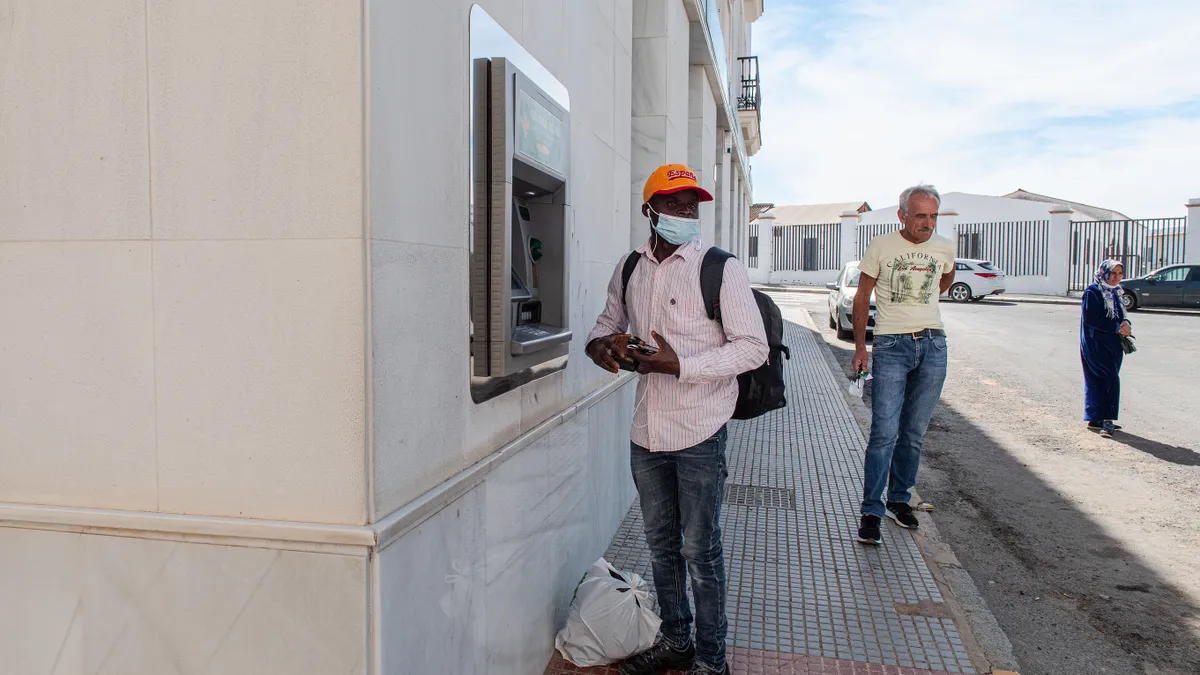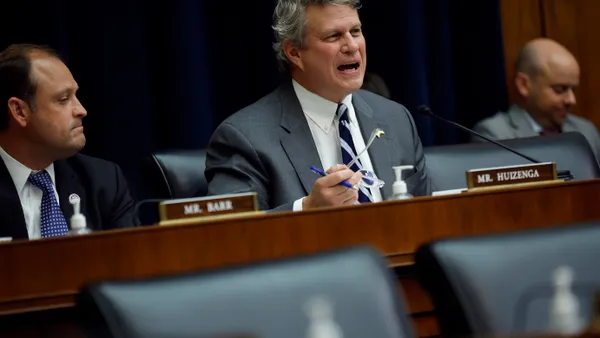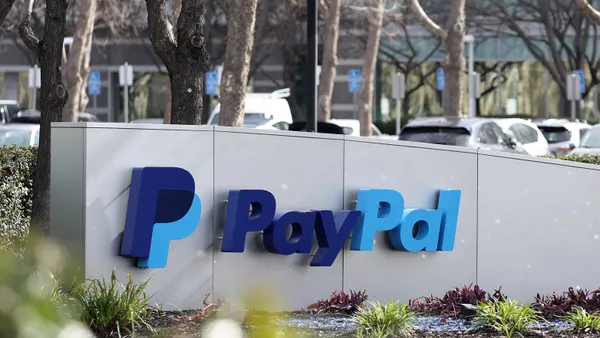Dive Brief:
- Strategic alignment among jurisdictions seeking to develop a worldwide governance of interlinked faster payment systems is key, along with a long-term plan and flexibility, according to an interim report published last week by a committee of the Bank for International Settlements.
- The BIS Committee on Payments and Market Infrastructures delivered the Oct. 18 report in the interest of buttressing a G20 goal of improving payment rail options for transferring money between countries (the G20 is an intergovernmental group that includes 19 nations plus the European Union and African Union). The final report from the committee on the topic will be produced by the end of next year, the report said.
- “Interlinking arrangements among fast payment systems (FPS) are one of the most promising solutions for enhancing cross-border payments, offering the prospect of significantly faster, cheaper, more accessible and transparent cross-border payments,” the report said.
Dive Insight:
The report estimated there are about 70 domestic faster payments systems in place around the world that could potentially be part of an interlinked system, with others in the planning stages. Technical and business advances have increasingly enabled interoperability that has smoothed the way to bilateral links between some of the faster payment systems. The report predicts that trend will continue, with multi-lateral links likely too.
The committee said it hopes the report will inform authorities and payments players exploring governance options for the interlinking of such faster payments systems and be the basis for further dialogue among stakeholders.
Indeed, payments companies are egging on that trend with some, including Swift and The Clearing House, entering partnerships to rev up cross-border payments. Governments are also pushing forward the trend. In the U.S., leaders of the Federal Reserve’s new instant payments service FedNow also envision extending faster payment services across borders at some point.
Developing a governance structure that allows for the interlinked payments system to expand over time and adapt to central banks’ evolving involvement is critical, according to the BIS committee report. The oversight structure that’s put in place should also encourage adoption by users to ensure the long-term viability of the interlinked arrangement and should include participation by representatives from the separate systems, it advised.
“The potential diversity of stakeholders gives rise to potential conflicts and the need for a robust conflict resolution framework,” the report said.
The interim report pointed to the significant challenge of creating such a system. “Practitioners and authorities involved in FPS interlinking have noted that agreeing on workable governance and oversight arrangements can be especially challenging (relative to, for example, the operational and technical challenges) due to the multi-jurisdictional, cross-border and/or cross-currency nature of these arrangements,” the report said.











